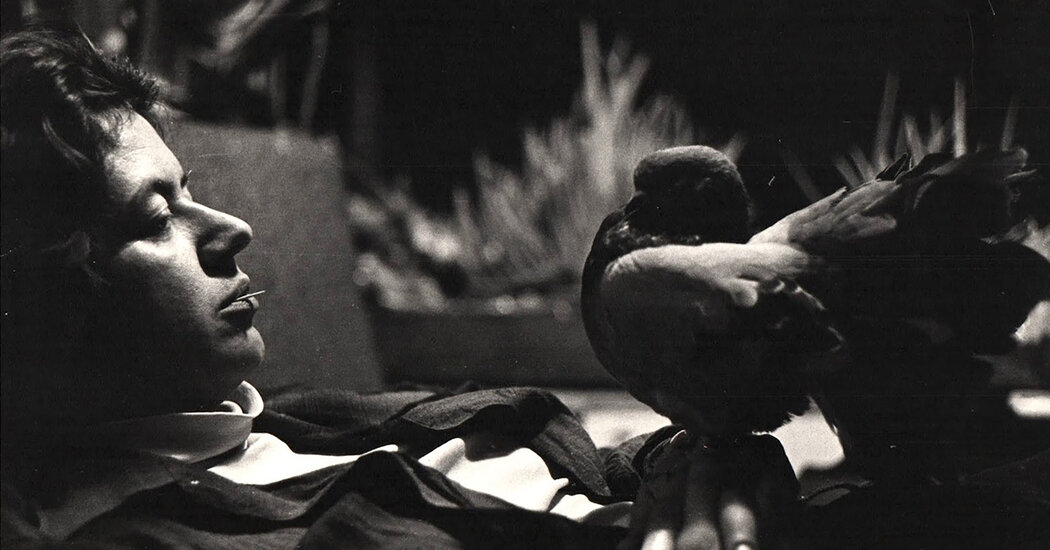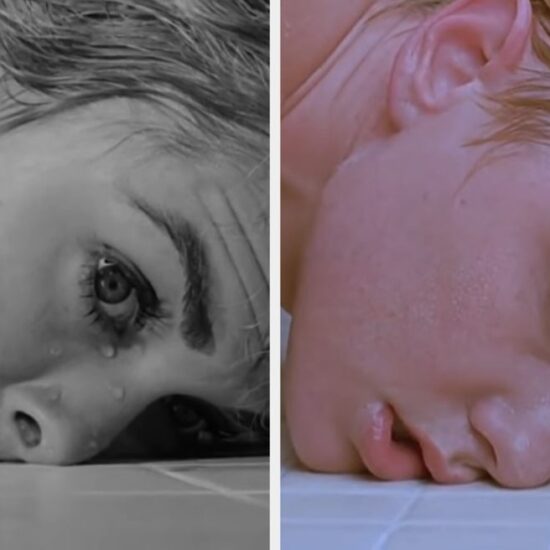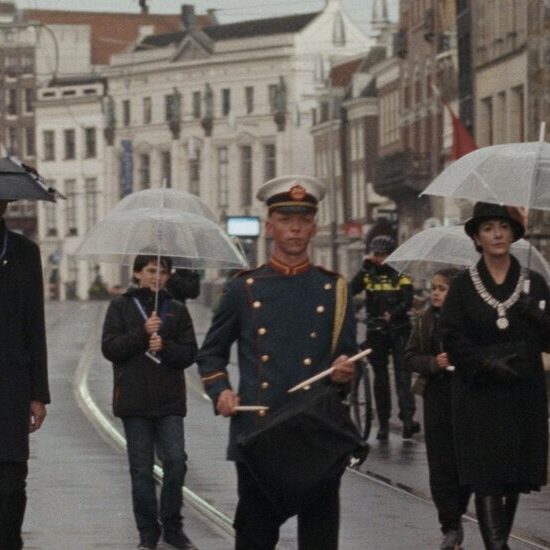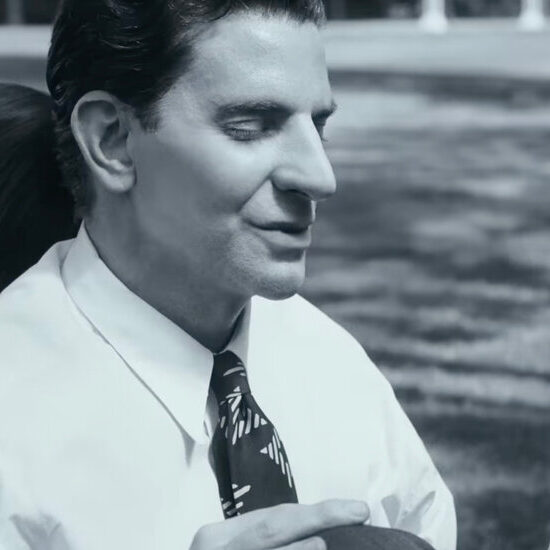
Jane Wodening, the longtime collaborator and wife of Stan Brakhage, the avant-garde filmmaker, who flourished as an author after their divorce, writing stories about her years living on the road and then alone in a mountain shack, died on Nov. 17 at her home in Denver. She was 87.
The cause was cardiac arrest, said her daughter, Crystal Brakhage.
Mr. Brakhage, who died in 2003, was among the most influential experimental filmmakers of the 20th century, though his work could be considered an acquired taste. He made hundreds of movies, most of them silent, that were deeply personal, sometimes elegiac and very beautiful, though they dispensed with any recognizable narrative, often veering into complete abstraction.
For three decades, starting in the 1960s, he and Ms. Wodening (pronounced WOE-den-ing) lived a spartan life in a century-old cabin in a ghost town in the Rocky Mountains called Lump Gulch, sharing it with their five children and many animals, including a donkey and a pigeon named Fanny.
It was this world that Mr. Brakhage captured in his idiosyncratic, inscrutable way, in what the film critic J. Hoberman, writing in The Village Voice, described as “home movies raised to the zillionth power — silent and rhythmic, based on an invented language of percussive shifts in exposure or focus, multiple superimpositions, refracted light, and staccato camera moves.”
Ms. Wodening was the star of many of them. He filmed her delivering their first child in a bathtub in “Window Water Baby Moving” (1959), a startlingly lovely work that is considered one of his masterpieces. “Wedlock House: An Intercourse” (1959) is a kind of short horror film, with flickering images of the couple having sex interspersed with flickering shots of them having an argument.
The work didn’t sit well with feminists, who accused Mr. Brakhage of objectifying his wife. But Ms. Wodening didn’t see herself that way.
“Jane was committed to the filmmaking and the artistic enterprise,” said John Powers, who is an assistant professor of film and media studies at Washington University in St. Louis and working on a biography of Mr. Brakhage. “Stan felt he was in service to the muse,” he added, in a phone interview, “and she considered herself a loyal supporter of that muse, and the muse needed help.”
A lot of help. Ms. Wodening offered ideas, critiques and camera and sound assistance, along with running the day-to-day business that was “Stan Brakhage.” He signed his work “By Brakhage,” which he always said meant the two of them.
But Mr. Brakhage, never totally faithful, left Ms. Wodening for another woman, and in 1987 the couple divorced. The children had left home, the cabin was sold, as were the animals, and Ms. Wodening took off in a bright yellow Honda Civic kitted out so that she could live in it. (The back seat was removed, among other interventions.)
For three years she spent months at a time on the road, touring the country, camping in arroyos, mountain trails and friends’ driveways, even working for a spell as a tour guide at an archaeological site near Barstow, Calif., in the Mojave Desert.
“Driveabout,” a 2016 account of that time from Sockwood Press, one of the small presses that has published her work over the years, is charming, funny and often quite profound, like Thoreau but spiced with mild profanity and more drama, as Ms. Wodening faced perils as a single woman sleeping in truck stops, camping near sketchy characters and nursing an old friend through delirium tremens.
In this and other works, she came into her own. Her voice was as engaging and charming as her ex-husband’s was abstruse and highfalutin. Steve Clay, a founder of Granary Books in New York City, a small publishing house that is devoted to poetry and art books and that has put out works by Ms. Wodening, recalled his expectation that the wife of Stan Brakhage would be more “formally experimental” in her writing. “Instead, it was sort of folksy and straightforward,” he wrote in an email.
To film buffs, however, Ms. Wodening remained a mythic figure — an “Enigmatic Character in Film History” as one radio program described her in a headline.
She was born Mary Jane Collom on Sept. 7, 1936, in Chicago, and grew up in Fraser, Colo., a small town in the Rockies about 70 miles northwest of Denver. Her parents, Harry and Margaret (Jack) Collom, were teachers at the local school, where Harry was also the principal.
Jane was a shy child who preferred the company of animals, especially dogs. (She wrote that she spoke canine sooner than proper English.) She worked in an animal hospital and enrolled at Colorado State University, in Fort Collins, thinking she would study to be a vet, before dropping out.
When she met Mr. Brakhage, “we were adolescent wrecks,” she told an audience a few years ago at Los Angeles Filmforum, a showcase for experimental movies. They married in 1957; she was 21 and he was 24, and “it was quite a relief for both of us.”
She recalled her first foray into his films, shortly after their marriage, when he declared: “You should take your clothes off, and we should make a film about having sex.” She balked at first — “I’m not that kind of girl!” — but he said, “I’m an artist, and an artist has to have a nude.” She thought about all the great nudes of history — from Raphael to Duchamp — and told herself, “‘I have an opportunity to join a group of people I quite admire,’ so I stripped and went to it.”
For most of her adult life, she was Jane Brakhage. When she returned from her car travels, transformed, she changed her name. She settled on Wodening, meaning child of Woden, the Anglo-Saxon god; since her family lineage stretched back to the early Britons, it felt somehow appropriate, she said. And she bought property near Eldora, Colo., about 20 miles west of Boulder, a mountainous site where she lived in a Hobbit-like shack with no electricity or running water — but thousands of books and a typewriter — living a hermit’s life for the better part of a decade.
It agreed with her.
When her family worried about communicating with her in an emergency, she became a ham radio operator, learning morse code to do so, and found community among other hammers, as they called themselves, who were mostly men and introverts like herself. Her call sign ended with the letters HPH, to which she gave the phonetics “Hermits Prefer Hills.”
“To become a hermit and at the same time to become popular was not only paradoxical,” she wrote in “Living Up There,” her memoir of her years in the mountains, “it was a tremendous delight.”
Ms. Wodening was the author of 14 books, including “Wolf Dictionary,” about how wolves communicate with one another. She had a loyal following and small but steady sales.
Toward the end of her decade at Fourth of July Canyon, as her mountain home was known, she connected with another hammer, Carlos Seegmiller, a computer programmer. He lured her back to civilization (and helped her trade her typewriter for a computer). They lived together in Denver until his death in 2008.
In addition to her daughter, Crystal, Ms. Wodening is survived by her daughters Myrrena Schwegmann and Neowyn Bartek; her sons, Bearthm and Rarc Brakhage; 14 grandchildren; and six great-grandchildren.
At her death, Ms. Wodening was working on a history of the world starting with the Big Bang.













